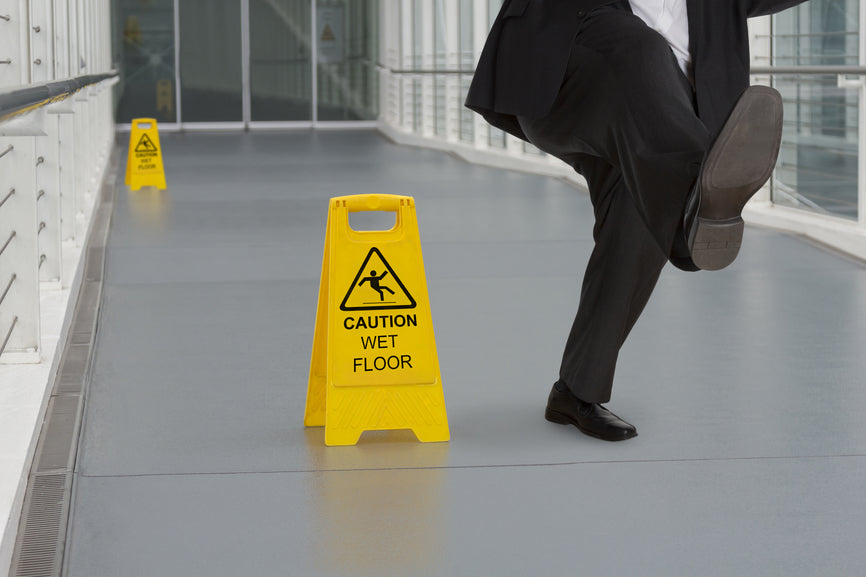Workplace fall protection should be at the top of your safety training priority list. Why?
The Occupational Health and Safety Administration (OSHA) names falls as one of the top four construction hazards. Fall protection training can identify the risks to your employees, provide hands-on practice for preventing falls, and show employees how to rescue themselves or co-workers on the job.
It’s a Real Threat
In 2014, 261,930 workers missed one or more days of work due to injuries from falls that occurred on the job. Moreover, 798 workers died from workplace fall injuries. Fall injuries plague many types of industries, but especially construction, transportation, building maintenance, and material moving industries.
An estimated $70 billion is spent annually on medical costs and workers’ compensation as a result of fall injuries. Fall protection training is the first step toward reducing injury risks for your employees.
The ABCs of Fall Protection
Fall protection training includes intensive employee instruction on how to use a personal fall arrest system (PFAS). This system has three components that make up the ABCs of personal fall protection:- The anchorage connector
- Body support
- Connecting device
The anchor type used for your workers will vary based on industry and type of job site. The anchorage connector must be securely attached and capable of holding a sufficient amount of weight.
The body support system usually used in a PFAS is a harness. The harness is attached to the worker’s body and evenly distributes weight across the chest and thighs.
The connective device is usually a high-strength or retractable lanyard that connects to both the anchor and the body harness.
Learning how to install and use a PFAS is one of the key components of an effective training course.
Identify the Hazards
Every training program should also include an in-depth examination of the job site in question. Your company’s training team will identify the hazards your workers face when using equipment and carrying out their duties.
While some fall hazards may be obvious, sometimes only professionals can spot serious risks, such as assessing how other factors like scaffolding and ladders place your employees in danger.
Form a Plan — Save Lives
Once workers are fully trained and all hazards are addressed, a comprehensive fall protection plan will be instituted. Your employees will know how to execute procedures that mitigate risk and respond appropriately in the event of a fall.It’s Your Legal Obligation
Taking steps to preventing falls makes your worksite safer, minimizes financial burden in the form of workers’ compensation and insurance claims, and fulfills your legal obligations. Whenever an employee’s working routine or the equipment used on the job site changes, make updates to the prevention plan and fill in the gaps with the right training.
You can depend on Shield-Safety for up-to-date information on actively preventing workplace injuries through fall protection training and response management plans. Contact us today to schedule a consultation for your business.
